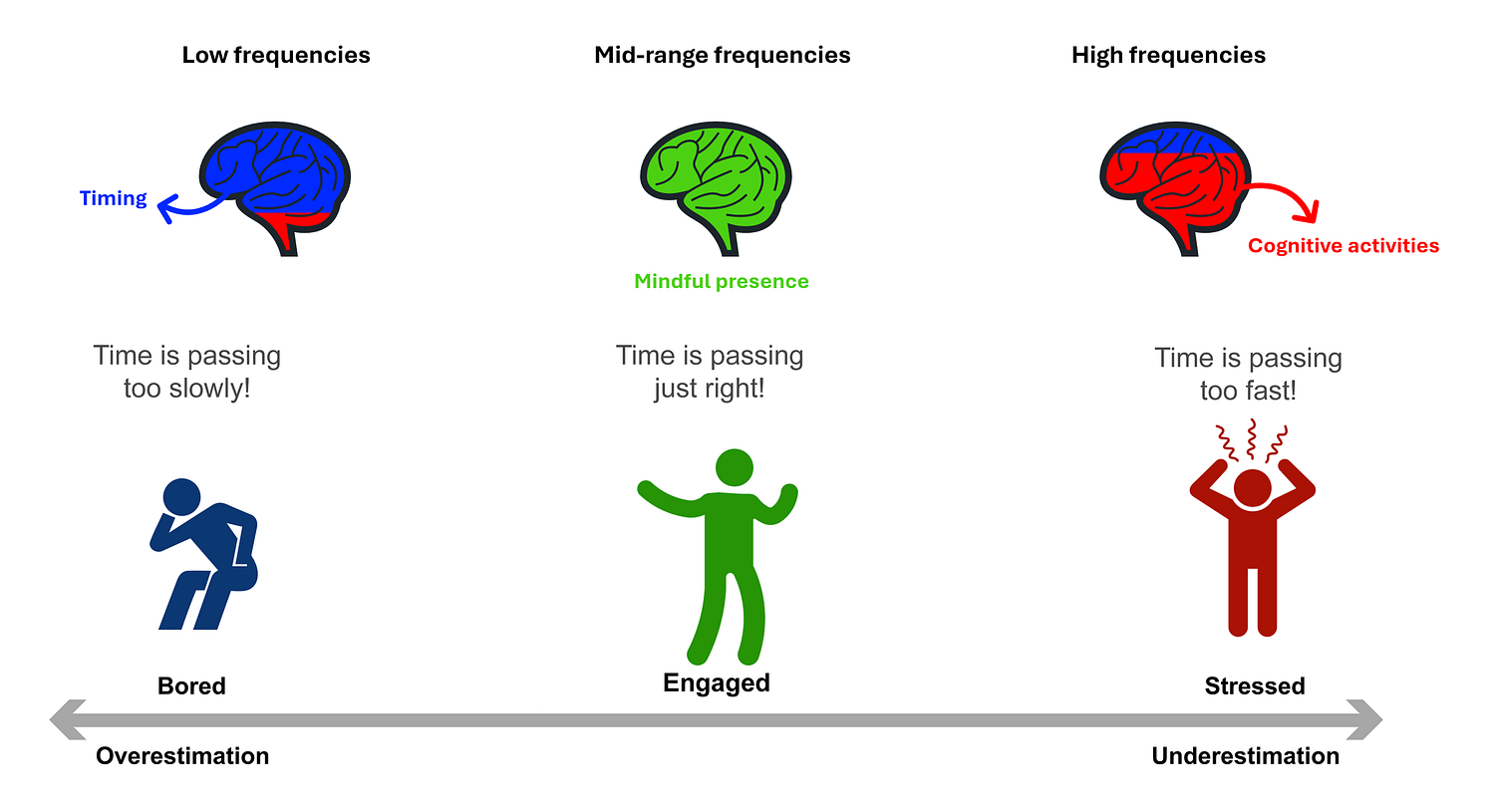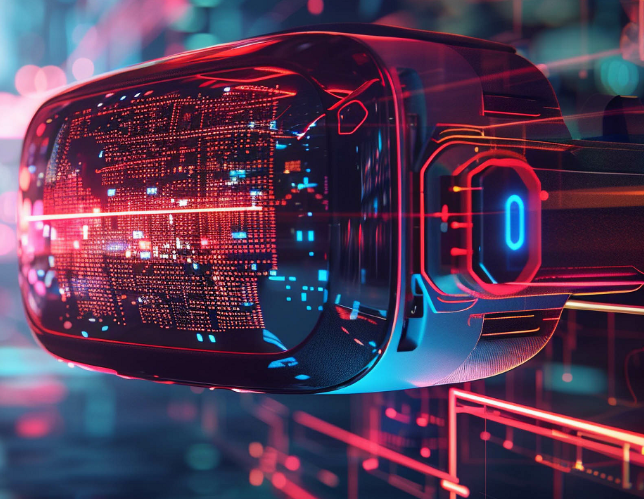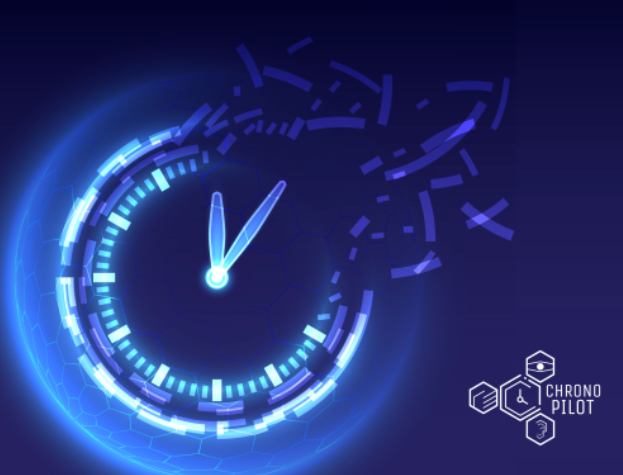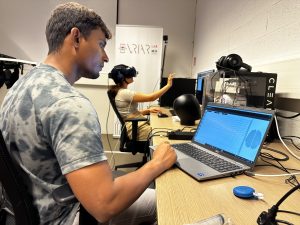We’ve all experienced it: time can feel like it’s flying by when we’re engrossed in a task or enjoying ourselves, yet drag frustratingly slowly when we’re bored or stressed. This highly subjective feeling of time’s passage is fascinating, but for researchers and developers creating virtual reality (VR) experiences, it poses a significant challenge. How can you objectively measure something that is so deeply tied to a user’s internal mental state, like their stress levels, focus, or boredom, in real-time? Reliably capturing these psychological states is crucial for building truly immersive and adaptive VR environments that can respond to individual users. Current methods for understanding time perception in VR often rely on subjective questionnaires, which aren’t suitable for real-time monitoring. This is precisely why this research matters, it provides a groundbreaking step towards an objective, physiological way to measure this vital aspect of user experience.
How do we sense time in virtual reality?
Researchers at the University of Luxembourg – Sahar Niknam, Dr. Saravanakumar Duraisamy, Dr. Jean Botev, and Prof. Luis Leiva – have made a significant breakthrough. Their pioneering study, “Brain Signatures of Time Perception in Virtual Reality,” investigates the power of electroencephalography (EEG) – a method used to record electrical activity in the brain– as an objective measure of time perception in VR. The team carefully recorded participants’ brain signals as they experienced events in a VR environment designed to alter their sense of time. They then compared the brain activity to whether participants felt time passed faster (underestimation), slower (overestimation), or correctly.

Reading the brain’s clock with EEG
Through detailed analysis of the EEG data, the researchers identified distinct spectral signatures -unique patterns of brainwave activity across different frequency bands- that correspond to these three different time perception states. What makes this finding particularly powerful is that these brain patterns were persistent across individuals, regardless of specific factors influencing their time perception, or the duration of the events. The quantitative validation confirmed significant differences between these states. The researchers describe this as being the first ever study to reveal “objective brain signatures during time perception”.
Transforming VR: real-time adaptation based on brain signals
This identification of objective brain signatures for subjective time perception in VR has profound implications. It lays a vital foundation for creating next-generation adaptive VR experiences. By being able to monitor a user’s perception of time directly from their brain signals, VR applications could be dynamically altered in real-time. Imagine a VR game that speeds up time when you’re fully engaged, or a therapeutic environment that adapts if a patient feels time is dragging due to stress.Imagine a VR game that makes time feel faster if you’re highly engaged, or a therapeutic VR environment that subtly adjusts based on whether a patient feels time is moving too slowly due to stress. This objective measurement allows for a more nuanced and responsive interaction between the user and the virtual world.
What’s next: better VR experiences and improved headsets
Looking ahead, the team plans to continue the collaboration between the VR/AR Lab and the Computational Interaction group. Planned future research will delve into assessing the reliability of these identified EEG signatures over longer durations, to make the findings applicable to extended VR experiences. A key next step is also to investigate whether features within the EEG signals can reveal not just if someone is over or underestimating time, but also the magnitude of that perception – essentially, how much slower or faster time feels to them. Future advancements also might involve integrating biosensors directly into VR headsets for improved user comfort and a more seamless data collection.
More information
-

Collaborative and Socio-Technical Systems (COaST)
-

Computational Interaction Group
-

Modulating Human Subjective Time Experience (ChronoPilot)
This research is supported by the European Union’s Horizon 2020 research and innovation programme under grant numbers 964464 (ChronoPilot) and CHIST-ERA-20-BCI-001 (BANANA), the FNR, as well as the European Innovation Council under grant number 101071147 (SYMBIOTIK).
